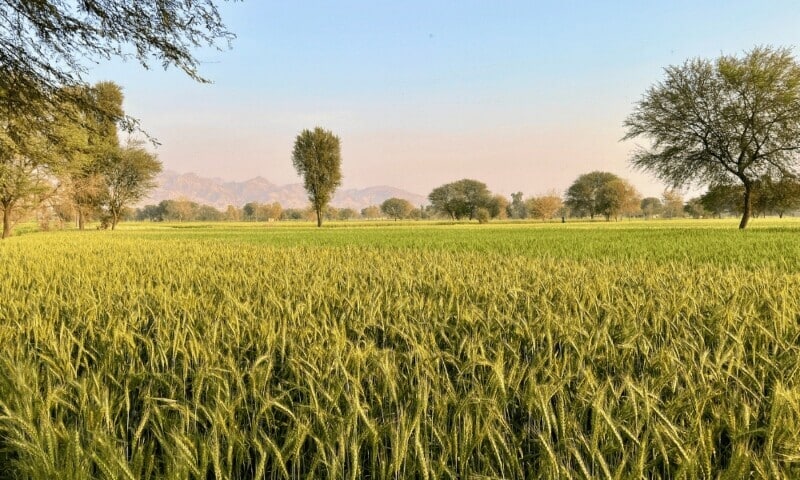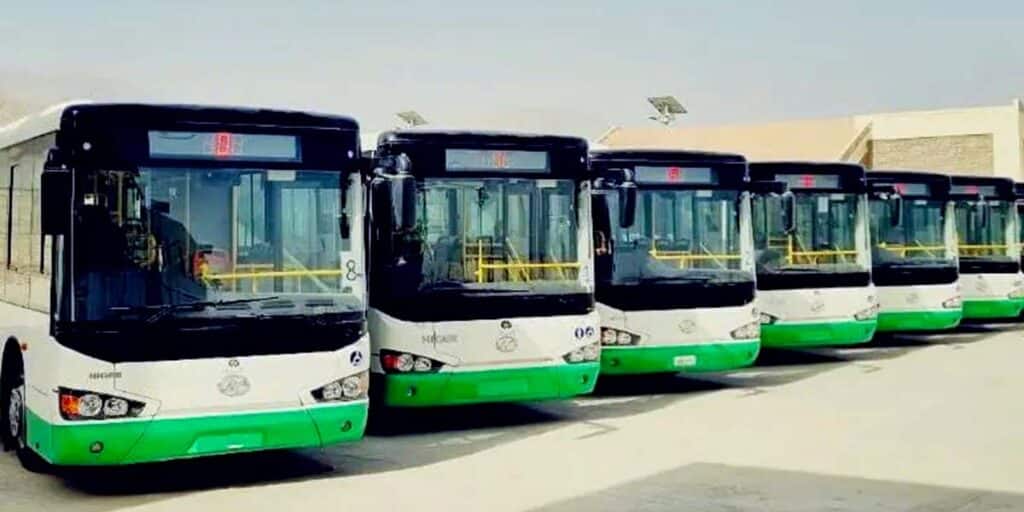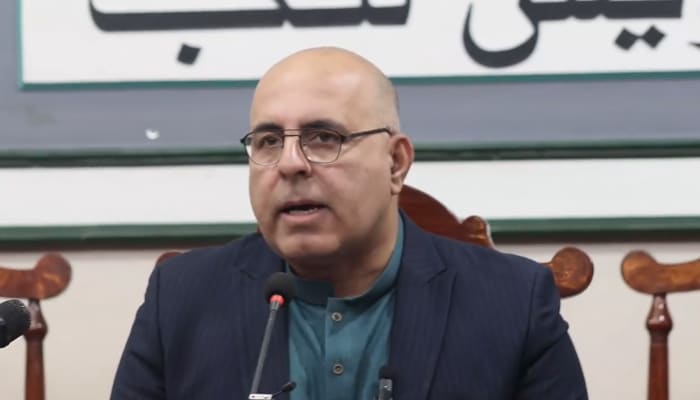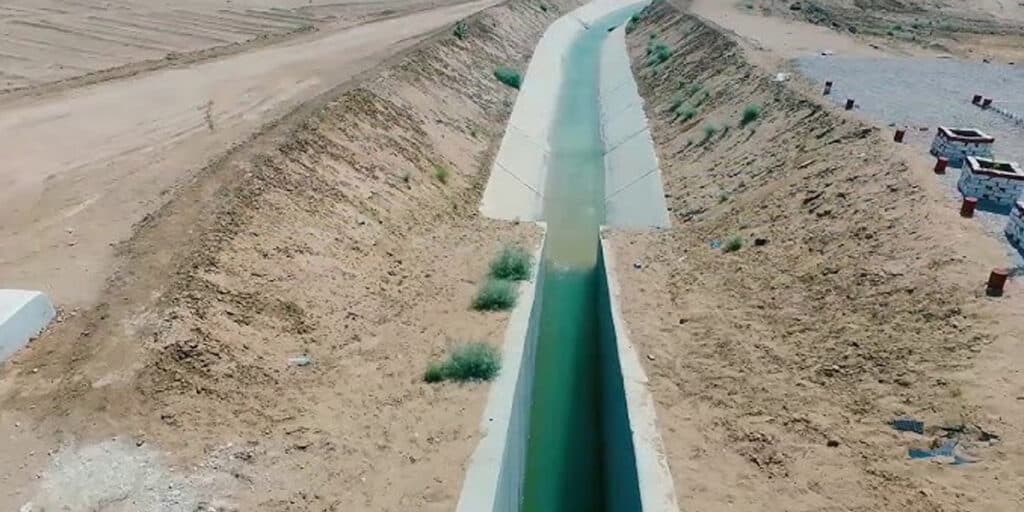AWARAN: Awaran, Jhao, and Gishkore, a quiet change is unfolding, one led not by protests or conflict, but by seeds, soil, and constant determination. Once known for unrest and instability, these regions of southern Balochistan are now emerging as powerful symbols of peace, progress, and agricultural resilience.
Cotton, often referred to as “white gold,” has become more than just a crop in these areas; it is an icon of economic revival and social transformation.
In this case, despite suffering crucial losses during last year’s onion harvest, the farmers did not surrender to despair. Instead, they turned towards cotton with renewed vigor and faith in the land they till.
In such a case, though the current market prices for cotton remain less than ideal, the morale among farmers remains high. They are optimistic that the state will recognize their efforts and provide support to ensure a fair and sustainable pricing system.
Moreover, the most powerful image of this transformation is the youth of Awaran. Once vulnerable to the pull of militancy, young men can now be seen working in fields with shovels and ploughs, not guns.
Also Read: Former DG Agriculture Ghulam Rasool passes away after prolonged illness
The story of cotton in Awaran is more than a story of agriculture; it is the story of a people reclaiming their future through patience, perseverance, and peace.





